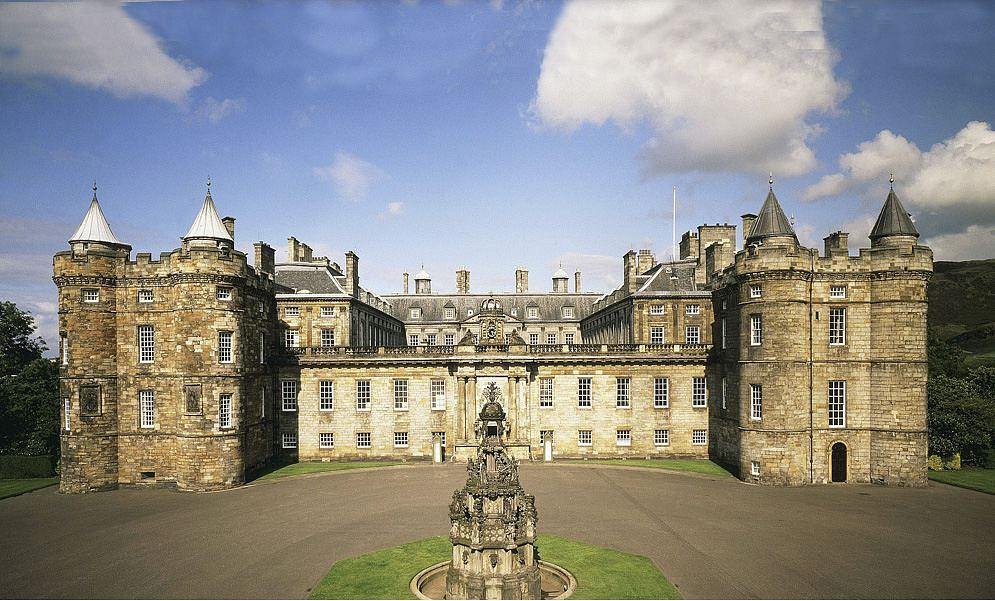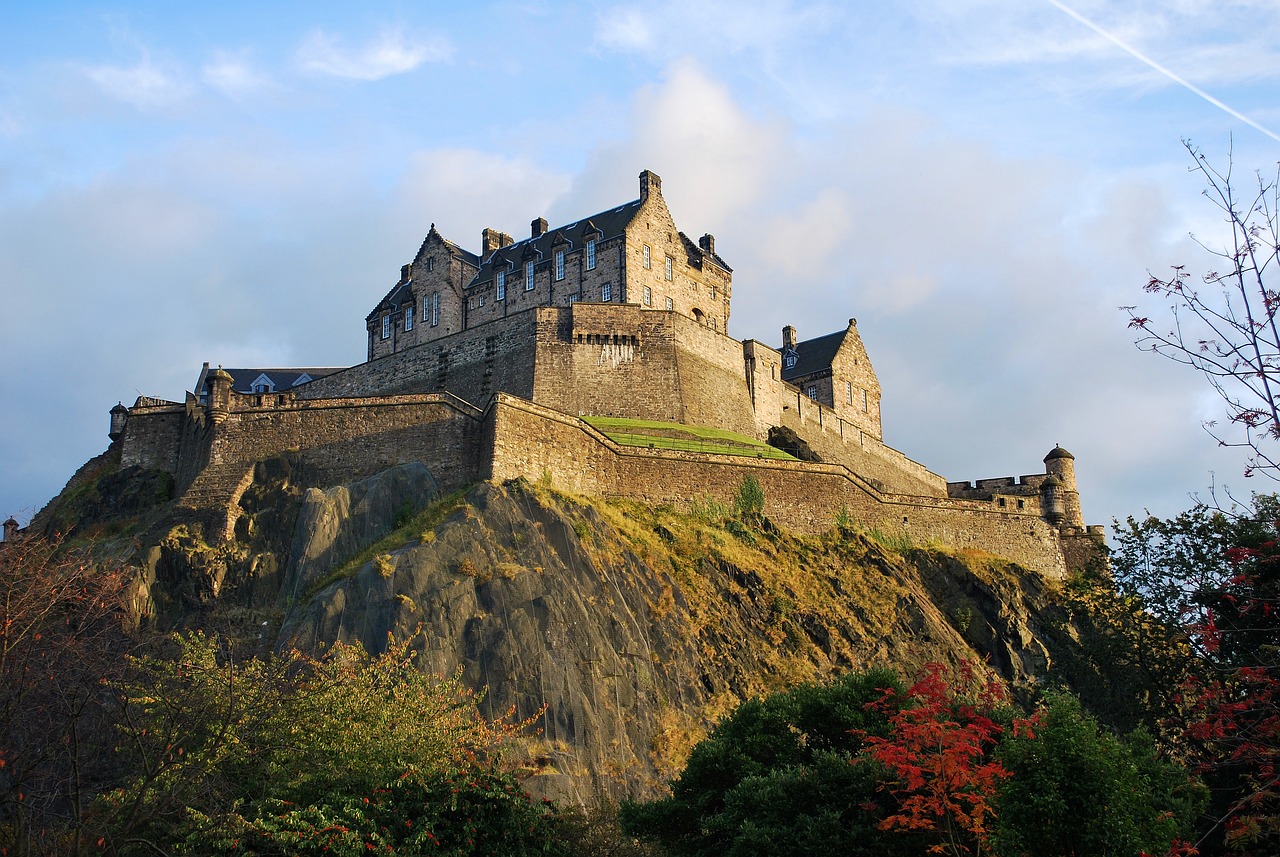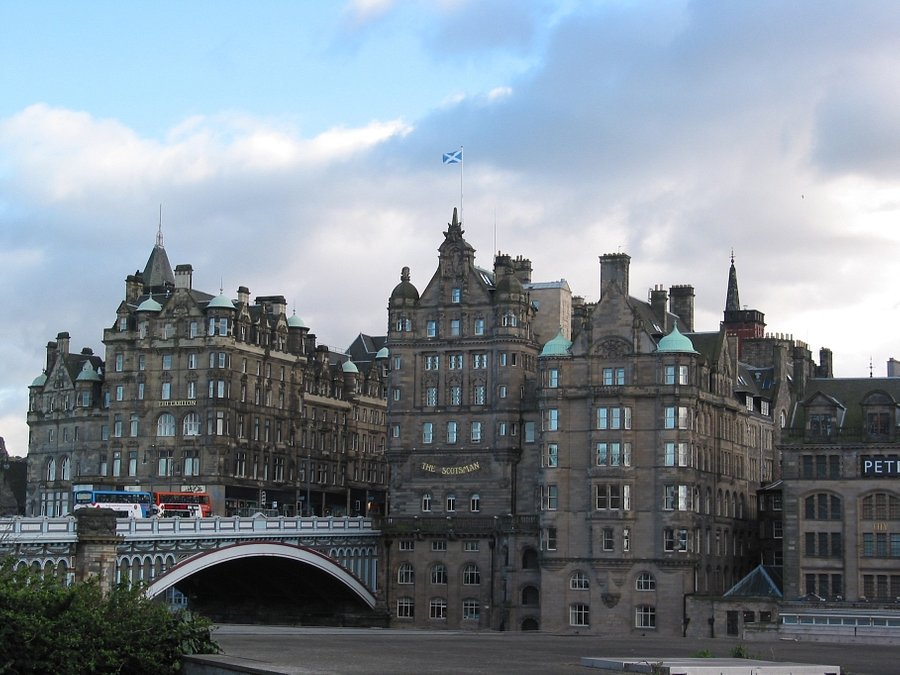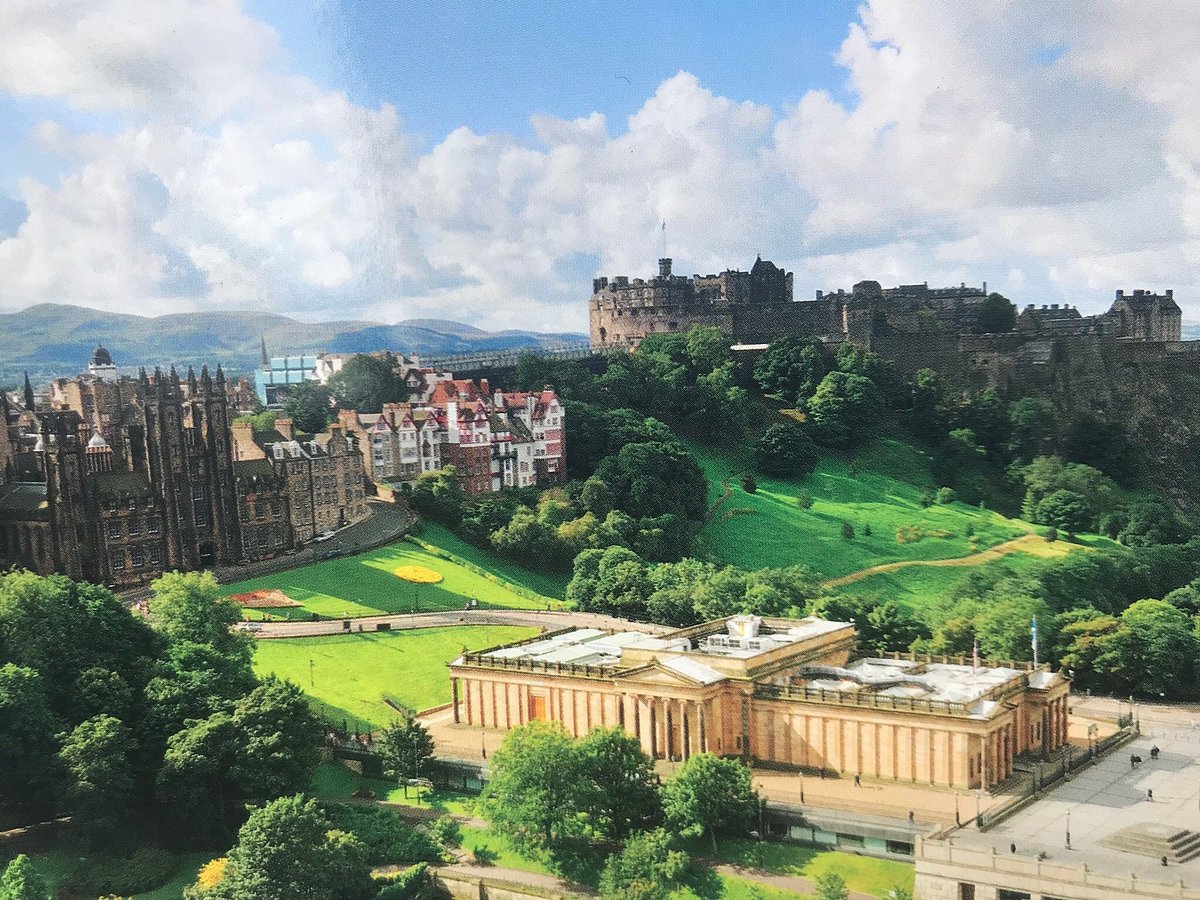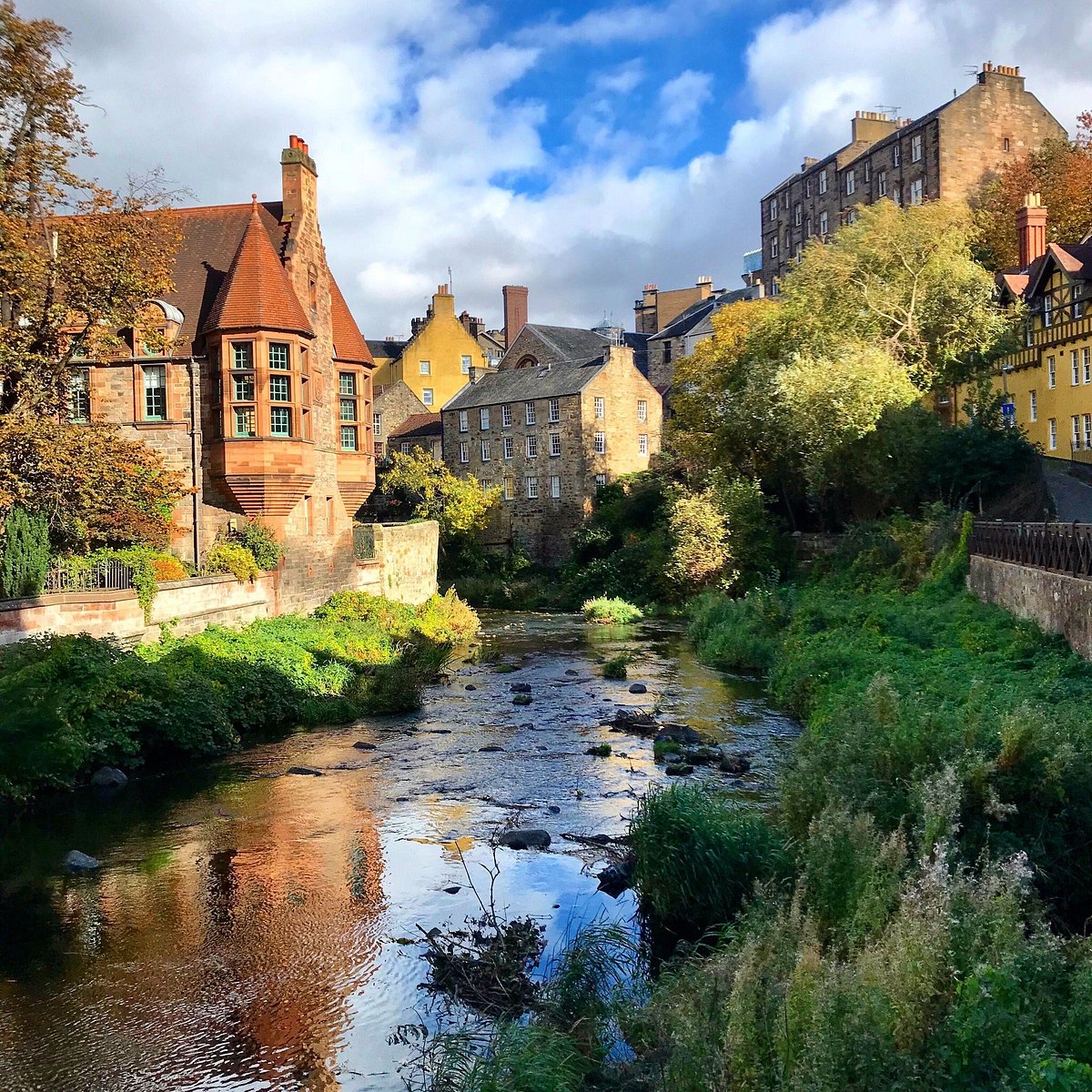Quick Bits:
Edinburgh, Scotland’s capital, merges medieval charm with modern attractions. Known for its historic sites, vibrant festivals, and stunning landscapes, it draws visitors year-round. Whether strolling through ancient streets or exploring lush landscapes, this city offers endless discovery for travelers.
Key Highlights
- Location: Capital of Scotland, United Kingdom
- Known For: Rich history, UNESCO World Heritage Sites, arts festivals
- Top Attractions: Edinburgh Castle, Royal Mile, Arthur’s Seat, National Museum of Scotland
- Best Time to Visit: May to September for mild weather and cultural events
- Annual Festivals: Edinburgh Fringe, Edinburgh International Festival, Hogmanay (New Year’s celebrations)
General Information
Edinburgh is a city where history and modern life blend seamlessly. As Scotland’s capital, it has long been a center of politics, culture, and education. Edinburgh’s medieval roots are most visible in the Old Town, a UNESCO World Heritage Site, while the New Town’s Georgian architecture reflects its transformation in the 18th century. Today, Edinburgh is a hub for tourism, drawing millions to its historic streets and cultural festivals.
City Attractions and Vibe
The city is lively, particularly in summer, when international visitors flock to its world-famous festivals. Not just a city for history lovers, Edinburgh also attracts adventurers and art enthusiasts. The Royal Mile and Edinburgh Castle anchor the historic landscape, while Holyrood Palace and the surrounding gardens add a serene touch to this bustling capital. Walking along Princes Street, visitors find shops, cafes, and an excellent view of Edinburgh Castle from Princes Street Gardens.
Travel Convenience
Edinburgh Airport, located about 8 miles from the city center, connects visitors to major destinations worldwide. Public transport in the city is efficient, with buses, trams, and taxis offering easy navigation. Many of the city’s top sites are within walking distance, allowing travelers to explore the city’s iconic landmarks on foot.
Geography Information
Edinburgh lies on the southeastern coast of Scotland, bordered by the Firth of Forth and the Pentland Hills. The city is built on a series of rocky hills, creating a unique urban landscape with stunning views at almost every turn. Edinburgh’s hilly terrain includes Arthur’s Seat, an extinct volcano providing panoramic city views.
City Layout
The city is divided into two main areas, Old Town and New Town, both recognized as UNESCO World Heritage Sites. The Old Town, marked by cobbled streets and medieval architecture, holds Edinburgh Castle and the Royal Mile. In contrast, the New Town is known for its Georgian architecture, grand squares, and wide streets.
Natural Features
The Pentland Hills, located southwest of the city, offer scenic hiking trails and outdoor activities. To the northeast, the Firth of Forth adds a coastal atmosphere, with many locals and visitors enjoying walks along its shores. The Water of Leith, a river running through Edinburgh, connects to serene green spaces, including Dean Village and Stockbridge.
Places to Visit
-
Edinburgh Castle
Perched on Castle Rock, this ancient fortress offers views of the city and holds artifacts like the Crown Jewels and the Stone of Destiny. -
Royal Mile
Stretching from Edinburgh Castle to Holyrood Palace, the Royal Mile is lined with shops, restaurants, and historical sites, including St Giles’ Cathedral. -
Arthur’s Seat
For breathtaking views, a hike up Arthur’s Seat is a must. This extinct volcano provides one of the best viewpoints over the city and surrounding landscape. -
Holyrood Palace
The official residence of the British monarch in Scotland, this palace holds centuries of royal history and stunning gardens. -
Scottish National Gallery
Home to collections of fine art, the Scottish National Gallery is ideal for art enthusiasts, showcasing works by Botticelli, Rembrandt, and Turner. -
National Museum of Scotland
This museum covers Scotland’s history from prehistoric times to the modern era, featuring everything from art and technology to fashion. -
Calton Hill
Calton Hill offers a collection of monuments, including the National Monument, along with panoramic views of the city skyline and the sea. -
Princes Street Gardens
Dividing Old and New Town, these gardens are a perfect spot for a stroll, with views of Edinburgh Castle. -
Royal Botanic Garden Edinburgh
Founded in the 17th century, the gardens showcase plants from around the world, offering a peaceful escape within the city.
Yearly Climate
Edinburgh experiences a temperate maritime climate, with mild, wet winters and cool summers. Weather in the city can change rapidly, so visitors are encouraged to pack layers and waterproof clothing.
-
Winter (December to February): Temperatures average between 1°C and 7°C. Snowfall is occasional, and the city becomes festive during Hogmanay, its famous New Year celebration.
-
Spring (March to May): The city warms up slightly, with temperatures ranging from 5°C to 15°C. This season is ideal for blooming gardens and fewer crowds.
-
Summer (June to August): Temperatures range between 12°C and 20°C, with July and August being the warmest and busiest months due to major festivals.
-
Autumn (September to November): Fall brings cooler temperatures and vibrant foliage, making it a great time for scenic walks and hikes.
Despite the seasonal changes, rainfall is fairly consistent throughout the year. Visitors should expect rain at any time, especially in autumn and winter.
Best Time of Year to Visit
The best time to visit Edinburgh is from late spring to early autumn. This period offers mild weather and a packed event calendar. Here’s a closer look at the top travel months:
-
May and June: Warmer days and longer daylight make this an ideal time for sightseeing and outdoor activities.
-
July and August: The city’s busiest months coincide with the Edinburgh Festival Fringe and Edinburgh International Festival. While accommodation prices rise, the vibrant atmosphere and packed schedule of events make these months a favorite for many travelers.
-
September: As crowds thin out after the festivals, September offers warm days and a less hectic experience. Autumn colors begin to appear, adding to the city’s charm.
Winter, although colder, can be enjoyable for those interested in Edinburgh’s holiday season. The city becomes beautifully decorated, and the Hogmanay celebrations bring a lively start to the New Year.
In Summary…
Edinburgh captivates visitors with its deep-rooted history, cultural events, and breathtaking scenery. From iconic landmarks like Edinburgh Castle and Arthur’s Seat to vibrant festivals, the city has something for every traveler. Whether exploring Old Town’s medieval charm or New Town’s elegance, visitors find a city that seamlessly blends tradition with modern attractions. While the best time to visit is from May to September, each season reveals a unique side of Edinburgh, making it a destination worth exploring any time of year.

